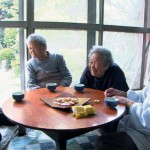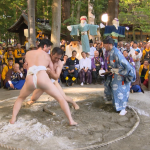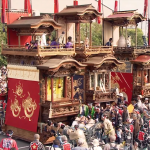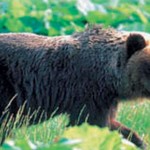FOOD
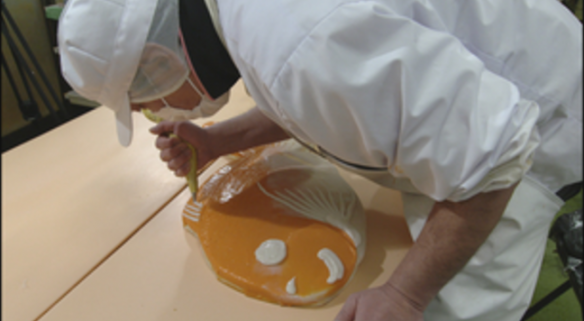
Decorated Festivity Dish: Kamaboko surimi
Toyama city, Toyama Pref.
FOOD
2015
30 minutes Episode(s): 1
english
Japanese




[Food of Japan Season 1]
Tai (Sea Bream) is a symbol of happy occasions in Japan. Kamaboko is a type of surimi; a processed seafood product made from white fish purée, formed into shapes, steamed until fully cooked, and served hot or cold. Tai-shaped Kamaboko is a must-have on festive occasions in Toyama. In this documentary, the camera focuses on the passions of artisans who make the biggest decorated Kamaboko in Japan and their regional food culture.
Click here to preview this episode!
Part of the "Food of Japan Series"!
Tai (Sea Bream) is a symbol of happy occasions in Japan. Kamaboko is a type of surimi; a processed seafood product made from white fish purée, formed into shapes, steamed until fully cooked, and served hot or cold. Tai-shaped Kamaboko is a must-have on festive occasions in Toyama. In this documentary, the camera focuses on the passions of artisans who make the biggest decorated Kamaboko in Japan and their regional food culture.
Click here to preview this episode!
Part of the "Food of Japan Series"!
Customers who watch this video also watch
-
ENGAWA 1 & 2
 2010 Grand Prize at NAB Awards 2010. Japan has a large population that is aging rapidly. A Japanese woman's average life span is 86 years old, which has been at the top of the world record for 25 years. This documentary shows the life of four sisters whose average age is...more details
2010 Grand Prize at NAB Awards 2010. Japan has a large population that is aging rapidly. A Japanese woman's average life span is 86 years old, which has been at the top of the world record for 25 years. This documentary shows the life of four sisters whose average age is...more details -
Ofune Festival -Parishioners Who Support the Festivals-
2017 30 mins[Festivals of Japan Season 1] The Ofune Festival is held at the Suwa Taisha (Suwa Grand Shrine) in Nagano Prefecture every fall. During the Senzasai in spring, the sacred dolls of the old man and woman are carried from the Fall Shrine to the Spring Shrine. However, in the Ofune...more details -
Handa Floats Festival -The Pride of the People-
2017 30 mins[Festivals of Japan Season 1] In the spring festival of Handa City, Aichi Prefecture, a total of 31 floats are pulled through 10 districts. Once every five years, the Handa Floats Festival sees the gathering of all 31 floats in one place, vastly entertaining its large crowd of onlookers. Following...more details -
Shiretoko Peninsula
 2002 2002 New York Festival Awards. Nature and Wildlife Documentary: Silver Medal Into the Sea of Okhotsk, off the northern Japan’s island of Hokkaido, protrudes the Shiretoko Peninsula. The severe nature of the peninsula deters human intrusion and development. With no roads reaching the edge of the peninsula, it seems more...more details
2002 2002 New York Festival Awards. Nature and Wildlife Documentary: Silver Medal Into the Sea of Okhotsk, off the northern Japan’s island of Hokkaido, protrudes the Shiretoko Peninsula. The severe nature of the peninsula deters human intrusion and development. With no roads reaching the edge of the peninsula, it seems more...more details
